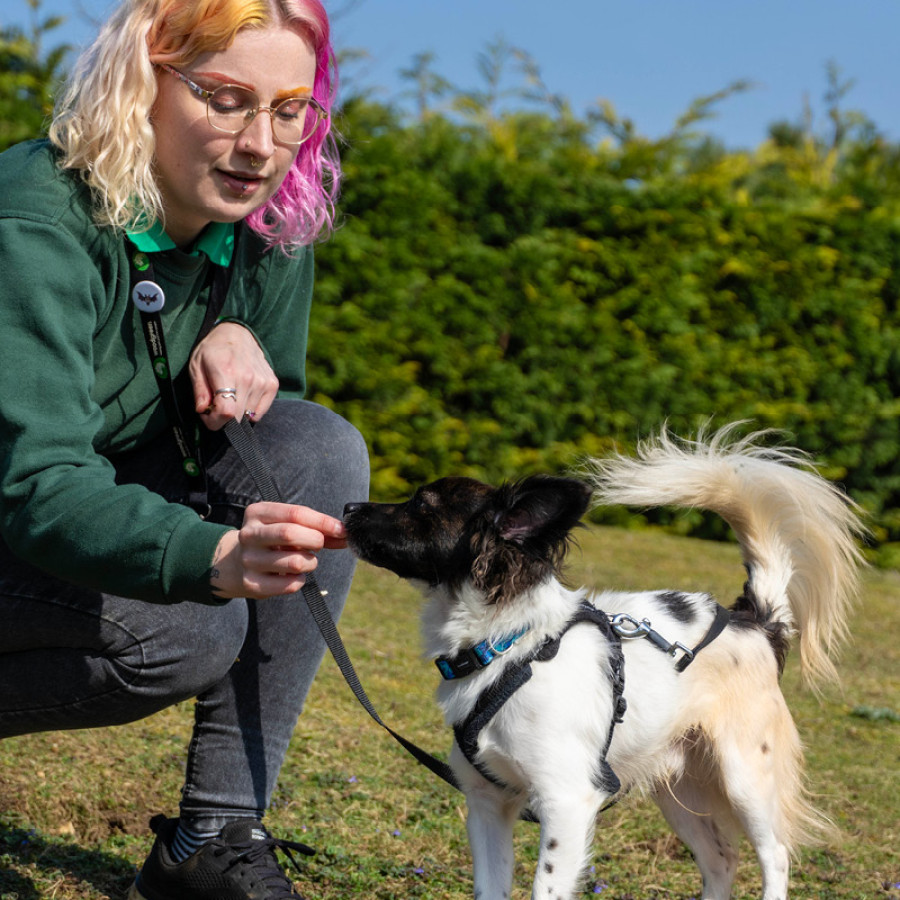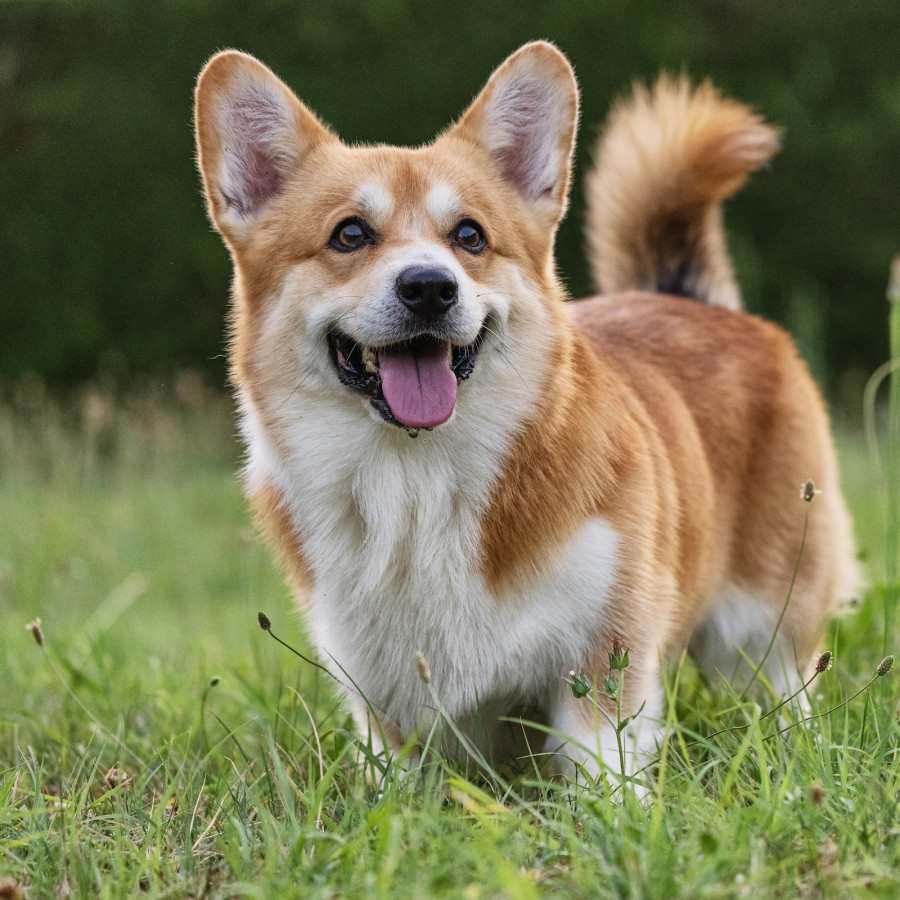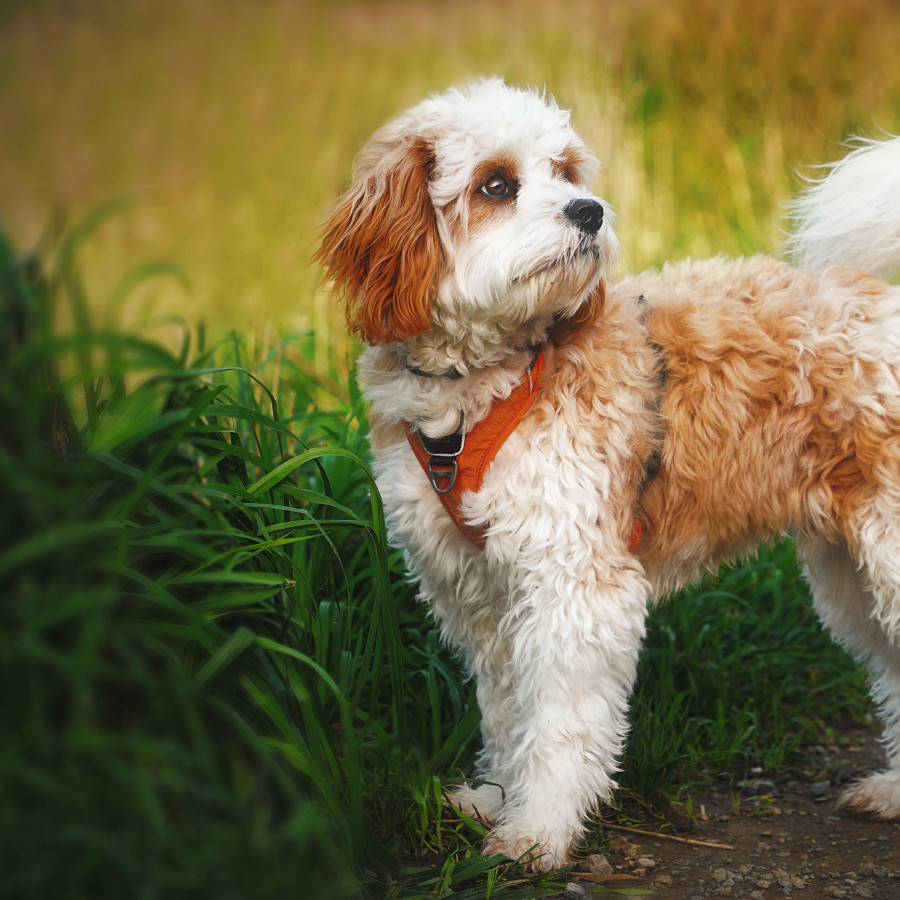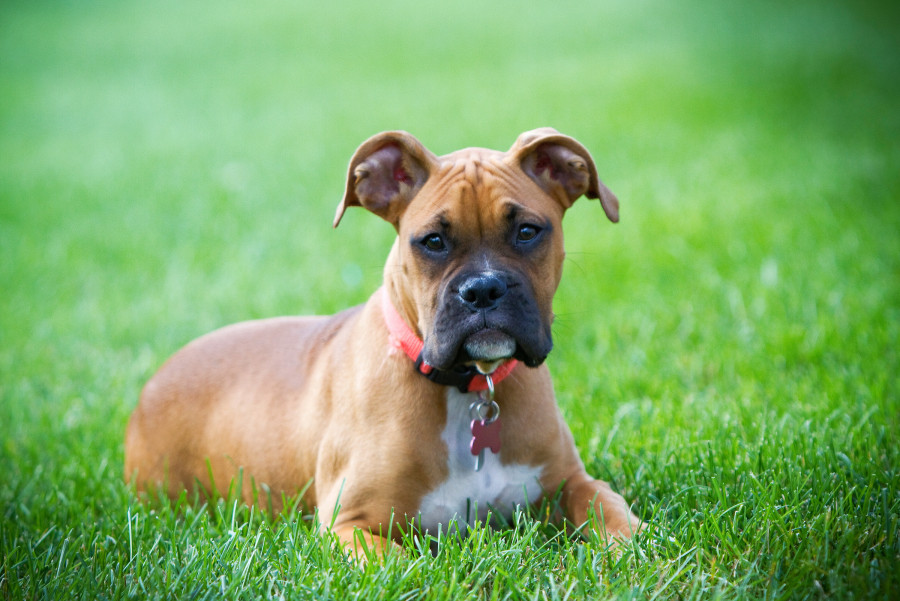
Why do dogs wag their tails?
My dog wags his tail all the time, but lately I’ve been noticing that sometimes he does it even when he seems nervous or unsure. I always thought a wagging tail meant he was happy, but now I’m not so sure. Can tail wagging mean different things? What is my dog really trying to tell me with his tail?



